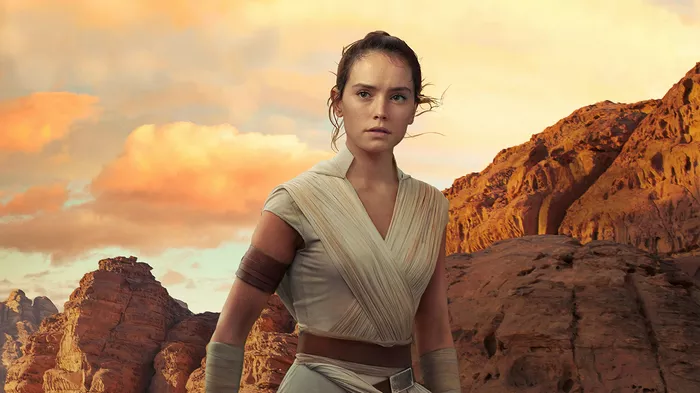The Star Wars franchise has always been a treasure trove of rich lore and expansive storytelling. From the original trilogy’s epic battles to the prequels’ exploration of the Jedi Order’s decline, each installment has added layers to the galaxy far, far away. In “Star Wars: The Rise of Skywalker,” the sequel trilogy takes a unique approach by drawing inspiration from unused concepts in previous films, notably revisiting the underwater wreckage of the second Death Star. This article delves into how “Rise of Skywalker” resurrected this abandoned idea and its significance in shaping the final chapter of the Skywalker saga.
Exploring the Galaxy’s Past: The Remnants of the Empire
The sequel trilogy, consisting of “The Force Awakens,” “The Last Jedi,” and “The Rise of Skywalker,” presents a galaxy grappling with its history and the lingering remnants of the Empire. It’s a galaxy scarred by conflict and tyranny, struggling to find its footing in the wake of past atrocities. One visual metaphor for this tumultuous history is the wreckage of the second Death Star, a symbol of the Empire’s oppressive reign and ultimate downfall.
The Death Star’s Ruins: A Reflection of Characters’ Past and Present
The ruins of the Death Star aren’t merely a backdrop; they carry profound symbolic weight throughout the sequel trilogy. They serve as a reminder of the characters’ need to confront their past, both individually and collectively. Rey, Finn, and Poe, along with the Resistance, must grapple with the legacy of the Empire and the consequences of their predecessors’ actions. It’s a weighty burden that underscores the trilogy’s central theme of generational conflict and the cyclical nature of history.
Rey’s Personal Journey: Confronting the Legacy of the Emperor
One character whose journey is intricately tied to the remnants of the Death Star is Rey. Her exploration of the wreckage becomes a pivotal moment in “The Rise of Skywalker,” reflecting not only her personal quest for identity and purpose but also the broader revelation of her lineage. As Rey delves deeper into the Death Star’s remains, she unearths not only physical artifacts but also emotional and thematic resonance.
Revelation and Redemption: Rey’s Connection to the Emperor
The Emperor, Palpatine, whose malevolent presence looms over the original and prequel trilogies, is revealed to be Rey’s grandfather. This revelation sends shockwaves through the Star Wars fandom, reshaping the narrative and the stakes of the final battle between the Resistance and the Sith. Rey’s connection to Palpatine serves as a direct link to the Empire’s past, making her journey to confront the Emperor all the more significant.
A Duel of Ideologies: Rey’s Ultimate Test
Rey’s confrontation with the Emperor in “The Rise of Skywalker” is not just a physical battle but also a clash of ideologies. She is faced with the ultimate test: will she succumb to the dark side and embrace her lineage, or will she rise above it, embracing the teachings of her mentors, Leia and Luke? The remnants of the Death Star become the stage for this internal and external struggle, a stark reminder of the Emperor’s legacy and the need to break free from the cycle of darkness.
The Resurrected Idea: A Creative Choice with Deeper Implications
The decision to revisit the underwater wreckage of the second Death Star in “Rise of Skywalker” wasn’t just a creative choice; it was a deliberate move to tie together the entire Skywalker saga. By reusing this abandoned concept from “The Force Awakens,” director J.J. Abrams and the creative team infused the final installment with layers of history and symbolism. The Death Star’s ruins served as a poignant reminder of the galaxy’s past, the characters’ personal journeys, and the cyclical nature of conflict and redemption in the Star Wars universe.
Conclusion: The Legacy of the Second Death Star Lives On
“Star Wars: The Rise of Skywalker” may have divided fans, but its use of the Death Star’s wreckage was undeniably a masterstroke in storytelling. It showcased how even abandoned ideas can find new life and significance in the rich tapestry of the Star Wars universe. The remnants of the second Death Star became more than just ruins; they became a symbol of the past, a crucible for the characters’ growth, and a powerful statement about the enduring legacy of the Empire. In the end, it served as a testament to the timeless appeal and enduring impact of the Star Wars saga.

